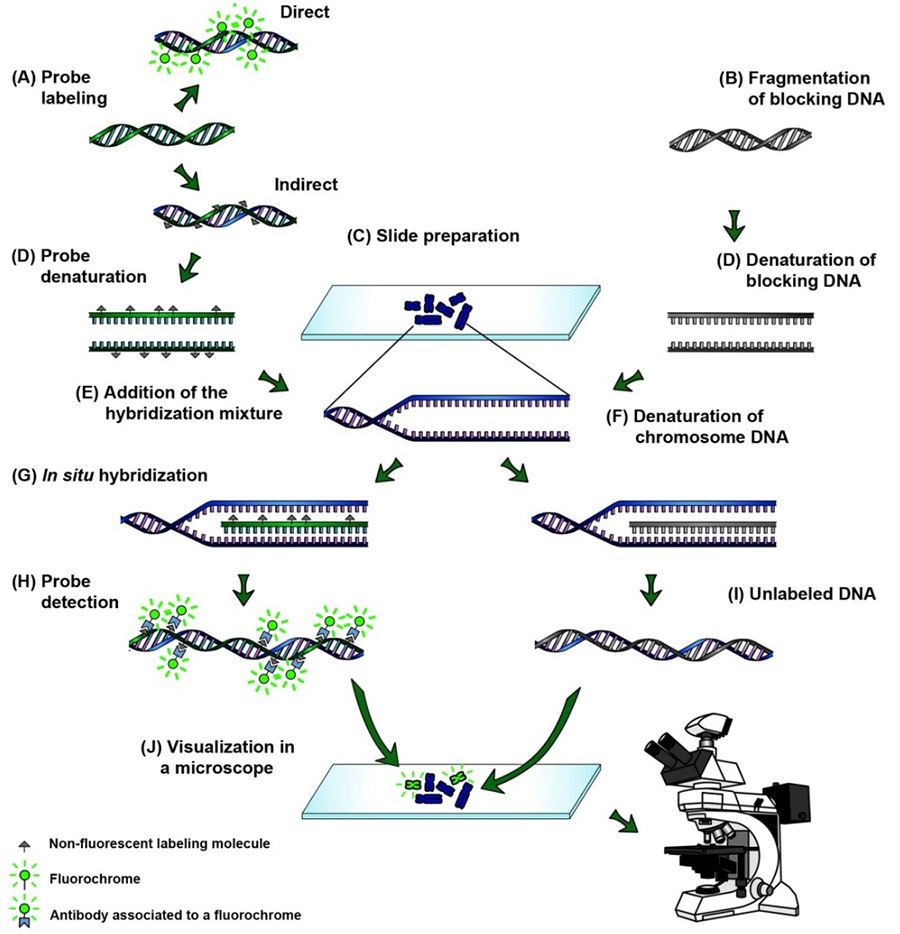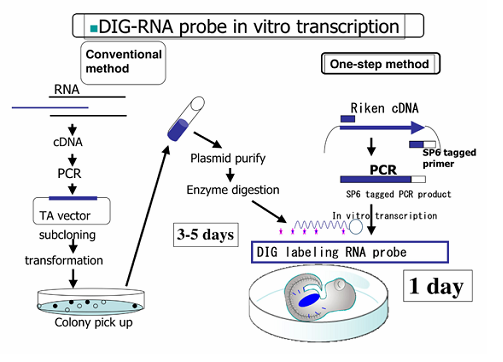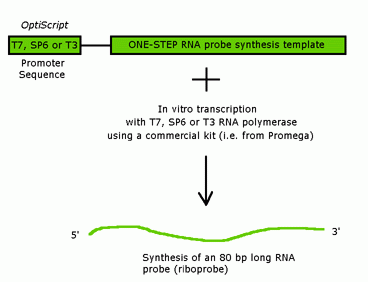Hybridization probes use fluorescence resonance energy transfer fret technology which consists of coupling fluorescent dye pairs that have overlapping absorption and emission spectra.
Probe synthesis for in situ hybridization.
In situ hybridization is an important tool for analyzing gene expression and developing hypotheses about gene functions.
Fluorescence in situ hybridization.
The principle of in situ hybridization ish is the specific annealing of a labeled probe to complementary sequences of a target nucleic acid dna or mrna in a fixed specimen followed by detection and visualization of the nucleic acid hybrids with cytological methods.
Riboprobe synthesis for in situ hybridization martindale lab.
Fixation and pre treatment of samples are followed by hybridization of a labeled probe by complementary base pairing to the target and.
In situ hybridization ish in situ hybridization ish is a unique molecular analysis method providing accurate localization of endogenous bacterial or viral nucleic acids such as dna mrna and microrna in metaphase spreads cells and tissue preparations.
In situ hybridization ish is a powerful technique that is used to detect the localization of specific nucleic acid sequences for understanding the organization regulation and function of genes.
Probes should be at least 1 kb.
Select primers ideal probes are the entire length of your gene.
10 tips for optimizing in situ hybridization here is a comprehensive list of tips for achieving high quality data by in situ hybridization a widely used biological technique providing the end user with accurate localization of endogenous bacterial or viral nucleic acids such as dna mrna and microrna in metaphase spreads cells and tissue preparations.
Molecular medical microbiology second edition 2015.










